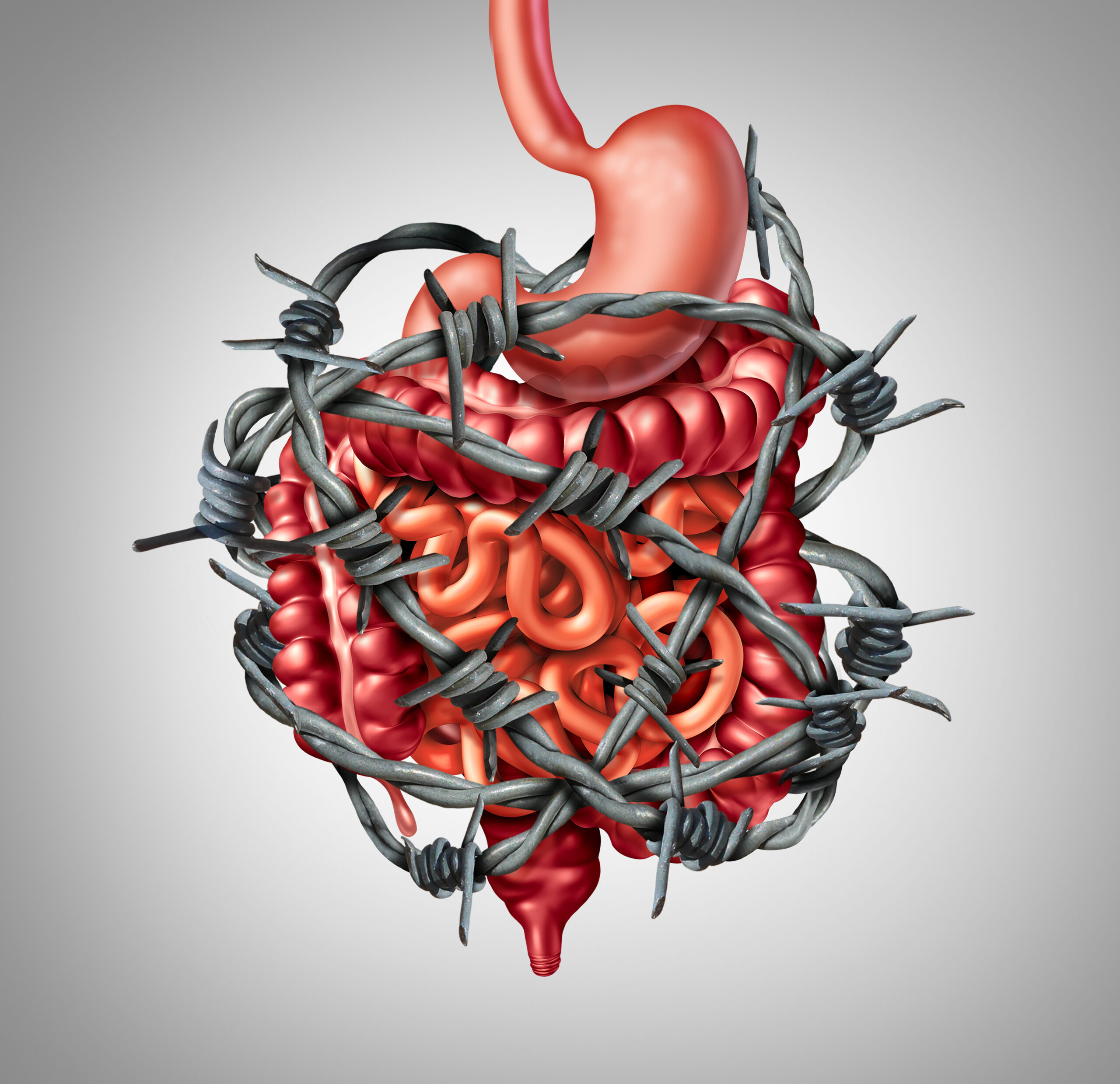Bowel endometriosis and the associated complication of a frozen pelvis represent some of the most challenging aspects of endometriosis. In this informative guide, we will delve into the intricacies of bowel endometriosis, explore the concept of a frozen pelvis, and provide valuable insights for those seeking a deeper understanding of these complex conditions.

Bowel Endometriosis: Decoding the Complexity
What is Bowel Endometriosis?
Bowel endometriosis occurs when endometrial tissue, similar to that lining the uterus, grows on or within the bowel. This can lead to a range of symptoms, including abdominal pain, bowel irregularities, and discomfort during bowel movements.
Symptoms of Bowel Endometriosis:
- Abdominal pain or cramping, particularly during menstruation
- Changes in bowel habits, such as diarrhea or constipation
- Bloating and abdominal distension
- Painful bowel movements
Diagnosis and Treatment:
Diagnosing bowel endometriosis often requires a combination of medical history, imaging studies, and sometimes laparoscopic surgery for confirmation. Treatment options may include medication to manage symptoms or surgery to remove endometrial implants from the bowel.
Frozen Pelvis: Understanding the Challenge
What is a Frozen Pelvis?
A frozen pelvis refers to the extensive adhesions and scarring that can occur as a result of advanced endometriosis. When endometrial tissue infiltrates and binds pelvic organs together, it can create a “frozen” or immobile pelvis. This condition can lead to increased pain, fertility issues, and complications in daily life.
Symptoms of a Frozen Pelvis:
- Intense pelvic pain, especially during movement
- Difficulty with bowel or bladder function
- Challenges with fertility due to organ adhesions
Diagnosis and Treatment:
Diagnosing a frozen pelvis involves a thorough examination of symptoms, imaging studies, and often surgical intervention for confirmation. Treatment may include a combination of medical management, surgical intervention, and fertility treatments depending on the individual’s circumstances.
Holistic Approaches and Lifestyle Management:
Complementary Lifestyle Changes:
- Balanced Diet: Incorporating anti-inflammatory foods may help manage symptoms.
- Regular Exercise: Physical activity can alleviate pain and contribute to overall well-being.
- Stress Reduction: Stress management techniques can positively impact symptom severity.
Bowel endometriosis and a frozen pelvis present unique challenges for those affected by endometriosis. Understanding the symptoms, diagnosis, and treatment options is crucial for individuals navigating these complexities. If you suspect you may have bowel endometriosis or are experiencing symptoms related to a frozen pelvis, consulting with a healthcare provider specializing in endometriosis is essential for accurate diagnosis and personalized care.


